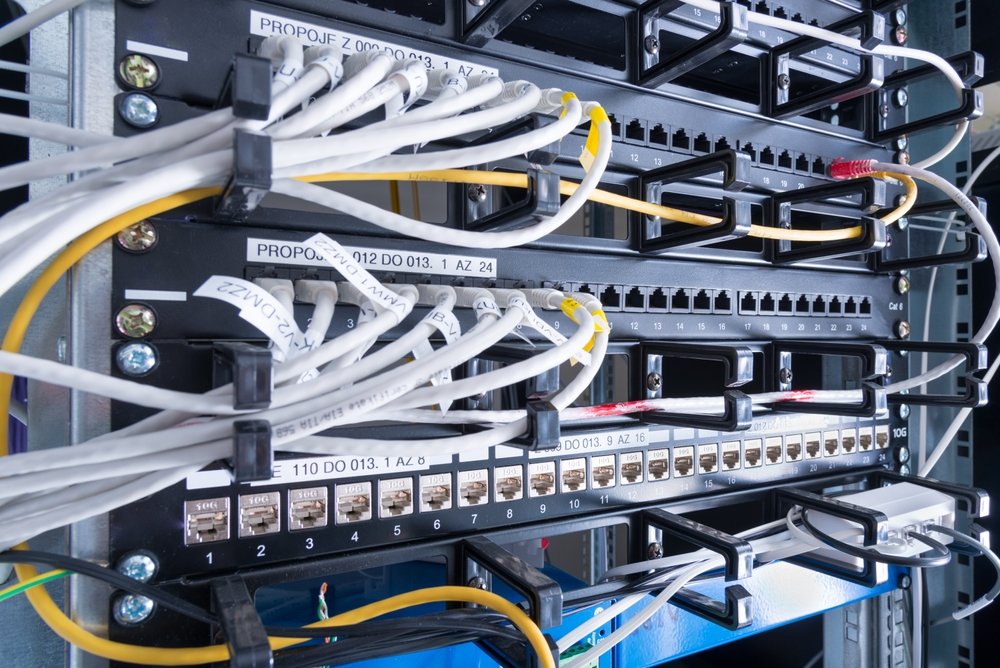When it comes to IT hardware, there are a few components that form the backbone of efficient communication and data exchange in networks. Among them, hubs & switches play an important role in managing how data travels across multiple devices within a local area network (LAN). While most end users interact with personal computers, servers, or routers, the unseen workhorses of network infrastructure are the hubs & switches. Understanding these pieces of computer hardware is critical for IT professionals, network engineers, and even businesses that depend heavily on seamless digital connectivity.
In this article, we’ll explore what hubs & switches are, how they differ, and why they remain essential in today’s modern IT environments.
Understanding Hubs in IT Hardware
A hub is one of the most basic forms of networking hardware. Functioning as a central connection point in a LAN, a hub connects multiple devices, such as computers, printers, and servers, so that they can communicate. When a device sends data to a hub, the hub broadcasts that data to all the devices connected to it.
While hubs are cost-effective and easy to set up, they come with limitations. For example, because hubs broadcast data to every port, all connected devices share the same bandwidth. This can lead to data collisions, reduced network efficiency, and slower overall performance.
Key Characteristics of Hubs:
-
Operates at Layer 1 (Physical Layer) of the OSI model.
-
Broadcasts data packets to all connected devices.
-
Offers basic connectivity without intelligence.
-
More affordable than switches, but less efficient.
Hubs are suitable for small-scale networks where performance is not the highest priority. However, in modern IT infrastructure, hubs have largely been replaced by switches due to their advanced functionality.
Switches: Smarter Computer Hardware
Unlike hubs, a switch is an intelligent networking device. Switches operate at Layer 2 (Data Link Layer) of the OSI model and sometimes even at Layer 3 (Network Layer). Instead of sending data to all connected devices, switches use MAC addresses to direct data only to the intended recipient. This targeted approach significantly improves network performance, reduces unnecessary data traffic, and ensures better bandwidth utilization.
Key Characteristics of Switches:
-
Operates primarily at the Data Link Layer.
-
Uses MAC addresses to forward data only where it is needed.
-
Reduces collisions and increases network efficiency.
-
Supports full-duplex communication, allowing data to be sent and received simultaneously.
-
Available in different types: unmanaged, managed, and smart switches.
Switches are the standard choice for most modern IT hardware setups, especially in organizations that rely heavily on speed, security, and scalability.
Hubs vs Switches: A Comparison
To better understand the role of hubs & switches in networking, let’s break down their differences:
| Feature | Hub | Switch |
|---|---|---|
| OSI Layer | Physical Layer (Layer 1) | Data Link Layer (Layer 2) or higher |
| Data Transmission | Broadcast to all ports | Directs to the intended port |
| Network Efficiency | Low | High |
| Bandwidth Sharing | Shared among devices | Dedicated per connection |
| Collision Domain | One for all devices | One per port |
| Cost | Lower | Slightly higher but cost-effective |
The table clearly shows that while hubs provide a simple solution, switches deliver better control, efficiency, and scalability for modern computer hardware systems.
Importance of Hubs & Switches in IT Hardware
Even with advances in wireless networking, wired connections remain a staple in IT hardware infrastructure. Devices like hubs & switches ensure that:
-
Reliable Connectivity: Wired networks using switches are far more stable compared to wireless connections.
-
High Performance: Switches allow multiple devices to communicate simultaneously without slowing down the network.
-
Scalability: Expanding a network is easier with switches as they can handle more devices efficiently.
-
Security: Managed switches provide features such as VLANs, access controls, and monitoring for better network protection.
-
Cost-Effective Setup: Hubs may still be used in environments where cost is the primary concern and traffic is minimal.
For businesses, educational institutions, or data centers, investing in quality network hardware such as switches is essential to support growing demands.
Types of Switches in Modern Computer Hardware
Switches come in various types, each suited to different IT environments:
-
Unmanaged Switches – These are simple plug-and-play devices. They’re cost-effective and ideal for small offices or home networks where advanced configurations are unnecessary.
-
Managed Switches – These offer greater control, monitoring, and configuration options. Managed switches are used in enterprise-level environments to ensure optimized performance and enhanced security.
-
Smart Switches – A balance between unmanaged and managed switches, these provide limited customization at an affordable cost.
This versatility makes switches a crucial piece of IT hardware in both small-scale and enterprise networks.
Future of Hubs & Switches in IT
While hubs are slowly fading from modern use, switches are continuously evolving. With the growth of cloud computing, IoT devices, and big data, network demands are increasing at a rapid pace. Future switches are designed to handle higher speeds (10Gbps and beyond), integrate automation, and provide advanced security measures.
Moreover, computer hardware companies are developing energy-efficient switches to meet the demands of green IT. These innovations ensure that switches remain a vital part of IT infrastructure for years to come.
Conclusion
In the world of IT hardware, hubs & switches form the foundation of network communication. While hubs are simple and affordable, their limitations in efficiency have made switches the preferred choice for modern networks. Switches, with their intelligence and ability to handle heavy traffic, are essential for businesses and individuals who rely on seamless connectivity.
By understanding the differences between hubs & switches and knowing when to use each, IT professionals and organizations can build more efficient, secure, and scalable networks. Whether it’s a small office setup or a large enterprise environment, hubs & switches remain indispensable in the realm of computer hardware.
